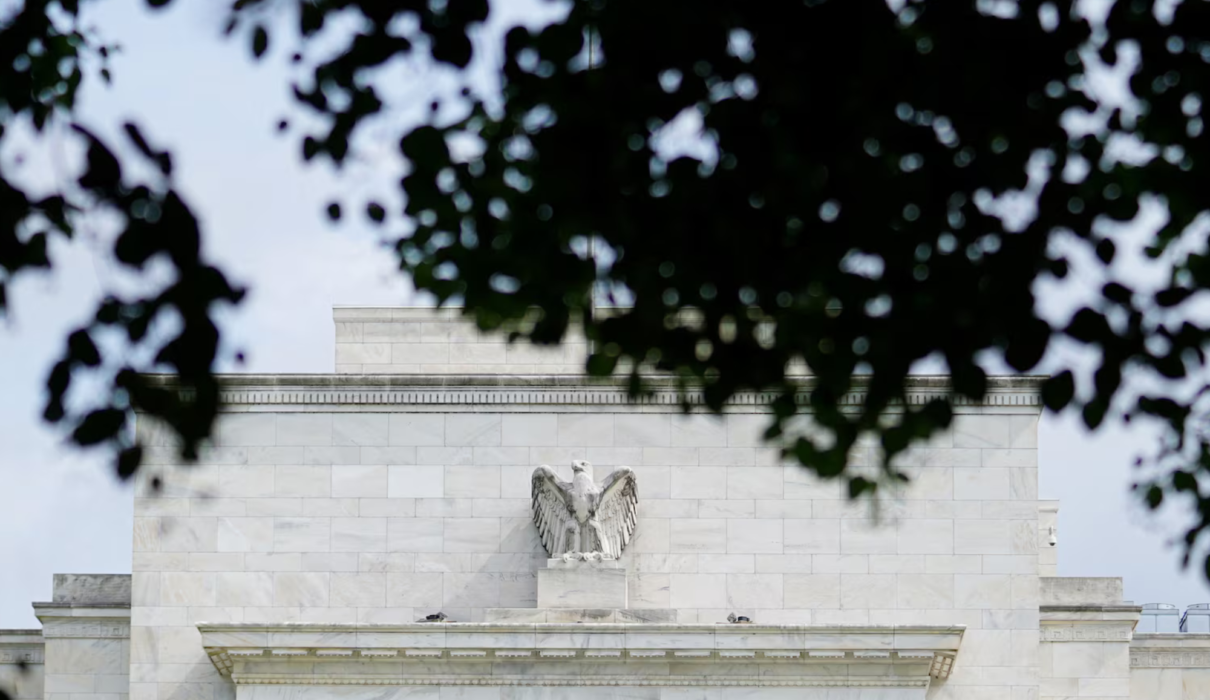The return of U.S. Federal Reserve rate cuts has created a more favorable environment for foreign investors to hedge their dollar holdings, a shift that could influence capital flows and currency dynamics globally.
In September, the Fed cut rates by 25 basis points to a range of 4.00–4.25%, and signaled further easing ahead, narrowing the interest rate gap with many developed counterparts. Reuters As the premium over overseas yields shrinks, hedging costs for foreign investors decline, improving risk-adjusted returns on U.S. assets.
Dollar weakness—roughly 10% depreciation this year—has already made hedging more attractive, especially for European institutions. Hedge ratios have surged, and currency managers expect the trend to continue.
Markets such as Japan and Switzerland still face relatively high hedging costs. However, as U.S. rate differentials compress further, investors in those regions may also ramp up hedging.
Economists caution that while cheaper hedges may boost foreign inflows, they also make the U.S. dollar more vulnerable to depreciation. The dynamic between interest rates and capital flows could amplify currency swings in coming months.

